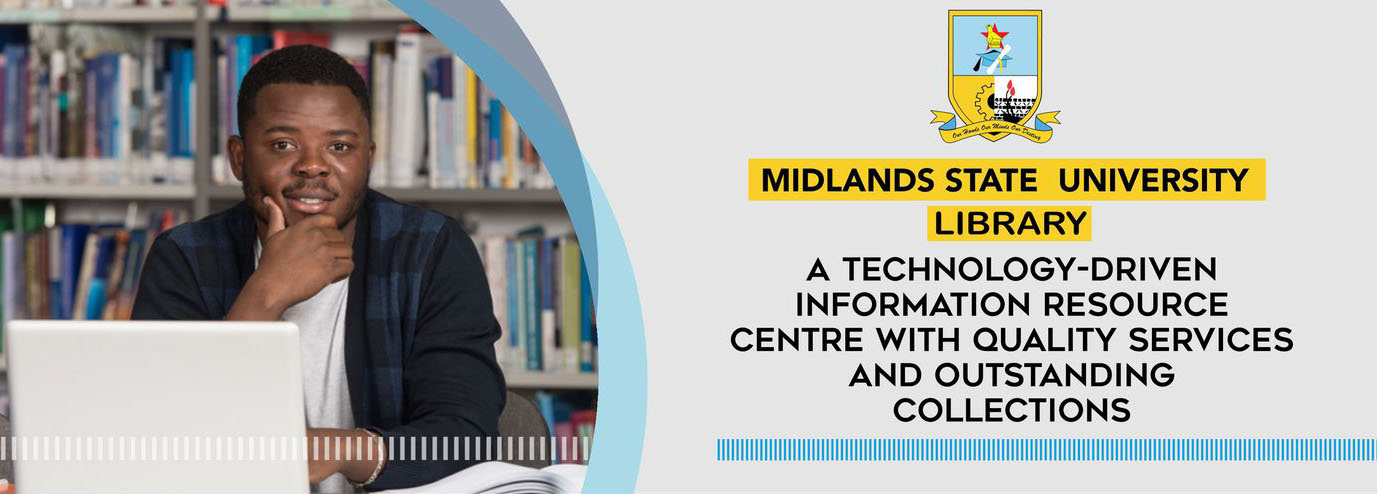Please use this identifier to cite or link to this item:
https://cris.library.msu.ac.zw//handle/11408/6649Full metadata record
| DC Field | Value | Language |
|---|---|---|
| dc.contributor.author | Terrence Wenga | en_US |
| dc.contributor.author | Munyaradzi Mtisi | en_US |
| dc.contributor.author | Irvine Nyaguwa | en_US |
| dc.contributor.author | Kudzanayi Andrew Marondedze | en_US |
| dc.contributor.author | Gumbo Albert | en_US |
| dc.contributor.author | Nhamo Chaukura | en_US |
| dc.date.accessioned | 2025-07-18T14:46:43Z | - |
| dc.date.available | 2025-07-18T14:46:43Z | - |
| dc.date.issued | 2025 | - |
| dc.identifier.uri | https://cris.library.msu.ac.zw//handle/11408/6649 | - |
| dc.description.abstract | As an environmental remediation technique, biochar, a carbon-rich material prepared from different biomass feedstocks, has received great attention owing to its multibeneficial purposes. It can be utilized in diverse applications, including soil remediation, water decontamination, and composite-development. Due to its wide applications, it is vital to understand the kinds of feedstocks and conditions that produce biochar with desired properties for environmental remediation. Hence, this chapter comprehensively summarized the types of biomass feedstocks suitable for biochar production for environmental decontamination, biomass quantification methods, biochar preparation methods, physicochemical properties of biochar, functional characterization, and finally, the challenges and hotspots for future research directions. The physicochemical properties of biochar vary with different feedstocks and preparation conditions, and pristine biochars provide precursor materials for the development of novel engineered biochars with better properties and performance. Nevertheless, future work is required to understand the relationship between preparation conditions and the properties for enhanced efficiency. | en_US |
| dc.language.iso | en | en_US |
| dc.publisher | Elsevier | en_US |
| dc.subject | Environmental remediation technique | en_US |
| dc.title | Feedstocks, preparation, and characteristics of pristine biochars | en_US |
| dc.type | book part | en_US |
| dc.relation.publication | Biochar for Environmental Remediation Principles, Applications, and Prospects: Editor: Willis Gwenzi | en_US |
| dc.identifier.doi | https://doi.org/10.1016/B978-0-323-99889-5.00002-5 | - |
| dc.contributor.affiliation | Department of Soil Science and Environment, Faculty of Agriculture, Environment and Food Systems, University of Zimbabwe, Mount Pleasant, Harare, Zimbabwe; Key Laboratory of Agro-Forestry Environmental Processes and Ecological Regulation of Hainan Province, School of Environmental Science and Engineering, Hainan University, Haikou, China | en_US |
| dc.contributor.affiliation | Department of Soil Science and Environment, Faculty of Agriculture, Environment and Food Systems, University of Zimbabwe, Mount Pleasant, Harare, Zimbabwe | en_US |
| dc.contributor.affiliation | Department of Environmental Protection, Hazardous Substances & Hazardous Waste Unit. Environmental Management Agency, Bluffhill, Harare, Zimbabwe | en_US |
| dc.contributor.affiliation | Department of Soil Science and Environment, Faculty of Agriculture, Environment and Food Systems, University of Zimbabwe, Mount Pleasant, Harare, Zimbabwe | en_US |
| dc.contributor.affiliation | Department of Land and Water Resources Management, Faculty of Agriculture, Environment and Natural Resources Management, Midlands State University, Gweru, Zimbabwe | en_US |
| dc.contributor.affiliation | Department of Physical and Earth Sciences, Sol Plaatje University, Kimberley, South Africa | en_US |
| dc.relation.isbn | 978-0-323-99889-5 | en_US |
| dc.description.startpage | 13 | en_US |
| dc.description.endpage | 33 | en_US |
| item.languageiso639-1 | en | - |
| item.openairetype | book part | - |
| item.fulltext | With Fulltext | - |
| item.openairecristype | http://purl.org/coar/resource_type/c_3248 | - |
| item.cerifentitytype | Publications | - |
| item.grantfulltext | open | - |
| Appears in Collections: | Book Chapters | |
Files in This Item:
| File | Description | Size | Format | |
|---|---|---|---|---|
| Chapter 2.pdf | Abstract | 44.3 kB | Adobe PDF | View/Open |
Page view(s)
230
checked on Dec 30, 2025
Download(s)
22
checked on Dec 30, 2025
Google ScholarTM
Check
Altmetric
Items in MSUIR are protected by copyright, with all rights reserved, unless otherwise indicated.



